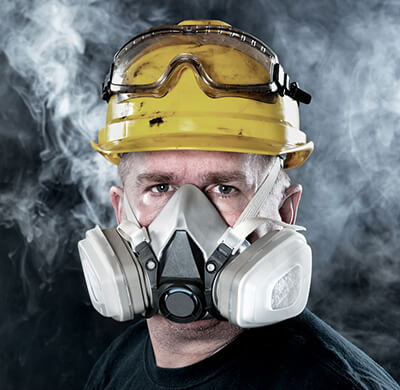
Workplace injuries can happen in any industry, from offices to factories. They not only affect employees but also increase costs for employers.
For a healthier and safer workplace, employers and employees must take proactive measures. Here are the best strategies to prevent workplace injuries, ensuring safety for everyone.
Why Is Preventing Workplace Injuries Important
Workplace injuries can result in serious physical harm, mental stress, lost productivity, and high medical costs. Employees injured at work may also need time away to heal or undergo treatment such as occupational physical therapy.
Employers can face insurance claims, increased workers’ compensation premiums, and disruptions in their business.
By focusing on prevention, employers can reduce these risks while creating a safer space that employees can trust and thrive in.
1. Provide Training on Workplace Safety
The best way to prevent injuries is through education. Employees need to understand the risks related to their roles. Employers should conduct regular training sessions to ensure all workers know how to handle equipment correctly and follow safety guidelines. This is especially important in industries like construction and manufacturing, where the risk of injury is high.
Training should include information on:
- Proper lifting techniques to prevent back injuries.
- Safe handling of hazardous materials.
- Emergency procedures for fires or other workplace accidents.
Organizations like OSHA (Occupational Safety and Health Administration) provide resources to create effective safety training programs.
Why It Works
Education empowers employees to take ownership of their safety. It also helps employers demonstrate their commitment to preventing workplace injuries.
2. Design an Ergonomic Workplace
Workplaces that are not designed ergonomically put employees at risk for musculoskeletal injuries. Ergonomics involves arranging workstations, tools, and tasks to fit the worker’s needs.
For office employees, this can mean:
- Adjustable chairs with lumbar support.
- Proper monitor height to reduce neck strain.
- Anti-fatigue mats for standing desks.
For industrial roles, ergonomics might include tools that reduce repetitive strain or processes that minimize heavy lifting.
Why It Works
Ergonomics reduces physical stress on the body, which lowers the chances of employees developing discomfort or injuries over time. Businesses in Grand Junction, Colorado, can also explore occupational physical therapy services, such as those offered by providers like WorkPartners Occupational Health, to evaluate and improve workplace ergonomics.
3. Conduct Regular Workplace Inspections
Workplace inspections help identify hazards before they cause harm. Safety officers or designated team members should regularly evaluate workplaces for risks, including faulty equipment, slippery floors, or poor lighting.
Consider using a detailed safety checklist during inspections to cover all potential hazards. For example, spills should be cleaned up immediately, worn machinery should be repaired, and fire exits should remain unobstructed.
Why It Works
Routine inspections can uncover risks that are easy to overlook. When corrected promptly, hazards are less likely to result in workplace injuries.
4. Encourage Open Communication
Employees often spot potential dangers first. Employers should foster an open culture where workers feel comfortable reporting hazards or near-misses without fear of judgment.
Set up an anonymous reporting system to make it easier for employees who get injured at work to report issues like unsafe practices or broken equipment. Recognize workers who contribute to making the workplace safer to encourage participation.
Why It Works
Open communication builds trust and helps prevent injuries by addressing risks early. Employees’ input can guide effective safety policies that might otherwise be missed by management.
5. Offer Access to Specialized Health Services
Even with preventive measures, accidents can happen. When employees are injured at work, having access to specialized care can make all the difference. Occupational medicine providers, like WorkPartners Occupational Health in Grand Junction, Colorado, offer services tailored to work-related injuries.
Some available services include:
- Workers’ compensation evaluations and care.
- Physical therapy to help employees recover quickly.
- Pre-employment physicals to ensure candidates start with good overall health.
Finding a workers’ comp doctor or occupational medicine provider in Grand Junction, CO, can help businesses feel prepared for any unexpected injuries.
Why It Works
Specialized care helps employees who get injured at work recover faster, reducing downtime and improving morale. It also ensures compliance with workers’ compensation regulations, making the process smoother for employers.
Occupational Physical Therapy for Workplace Injury in Grand Junction, CO
Workplace injuries are preventable with the right strategies in place. Employers, safety officers, and employees all play a role in creating a safe and productive environment. Focus on training, proper workplace design, and open communication, and make sure you have access to professional occupational medicine services.
At WorkPartners Occupational Health in Grand Junction, Colorado, we specialize in workers’ compensation, physical therapy, and injury prevention services. From ergonomic evaluations to post-injury rehabilitation, we make workplace health and safety our top priority.
For more information or to schedule a consultation, contact our team today at (970) 241-5585 or fill out our convenient appointment request form. We look forward to serving you!






